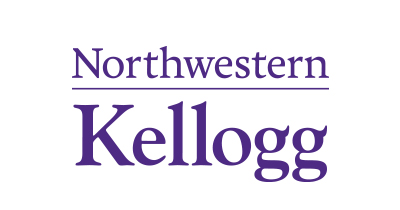Deepfake Detection: Protecting Yourself from AI-Generated Deceptions
Deepfakes represent one of the most sophisticated and dangerous threats in our AI-driven world. These AI-generated videos, images, and audio clips can make it appear as though someone is saying or doing something they never actually did. What makes deepfakes particularly alarming is how convincing they've become—often indistinguishable from authentic content to the untrained eye.
Major technology companies including AWS, Facebook, Microsoft, the Partnership on AI's Media Integrity Steering Committee, and leading academics have recognized the urgency of addressing this threat. Together, they built Kaggle's Deepfake Detection Challenge (DFDC), an initiative that sought an algorithmic answer to detecting fakes and spurring researchers worldwide to develop innovative technologies for identifying manipulated media.
Deepfake creation has never been easier. It takes about 10 minutes to register for or optionally pay $10 to $20 (and decreasing over time) for GPU power, upload the victim/target's video/audio, and upload the message to online deepfake generation services. Mobile apps such as DeepFaceLab, Reface, and ZAO require no coding.
The Criminal Risks: Real-World Consequences
The criminal potential of deepfakes extends far beyond theoretical concerns—they're already causing devastating financial losses and security breaches. In 2024, an employee in an organization's finance department mistakenly paid out $25 million to fraudsters after the fraudsters, who created a deepfake video of the chief financial officer, instructed him to do so. This elaborate scam involved a multi-person video conference where everyone the victim saw was fake, demonstrating the sophisticated nature of modern deepfake attacks.
This case, involving the global engineering firm Arup, illustrates how criminals are weaponizing deepfake technology for:
How to Spot Deepfakes: Essential Detection Tips
While technology continues to improve, human observation remains a crucial first line of defense. Here are key indicators to watch for when evaluating potentially suspicious media:
Technologies to Protect Against Deepfakes
Defending against deepfakes requires a multi-layered approach combining advanced detection technologies. Protection against deepfakes takes many forms, from protecting the channel to understanding user behavior to looking at data artifacts in the deepfakes. Here are the key technologies currently being deployed:
Protecting Yourself and Your Organization
The threat of deepfakes requires proactive defense strategies:
The battle against deepfakes is ongoing, with detection technology racing to keep pace with generation capabilities. By combining advanced detection tools, human vigilance, and comprehensive protection services, individuals and organizations can significantly reduce their vulnerability to these sophisticated AI-generated deceptions.
At AI Protection, we're committed to staying ahead of emerging AI threats, including deepfakes, to ensure our customers remain protected in an increasingly complex digital landscape.
Recommended Deepfake Detection Tools
Protecting yourself and your organization from deepfake threats requires both technological solutions and vigilant practices. Here are some leading detection tools and services:
Protect Yourself from Deepfake Threats
Don't wait until you become a victim. Start with our free privacy scan to see where your information is at risk, then get comprehensive protection against AI-powered threats.
Disclosure
AI Protection may receive compensation from some of the companies mentioned in this article. This compensation may impact how and where products appear on this site, including the order in which they appear.
The information provided in this article is for educational purposes only and should not be considered as professional advice. Always consult with qualified professionals for specific security concerns and implementations.
